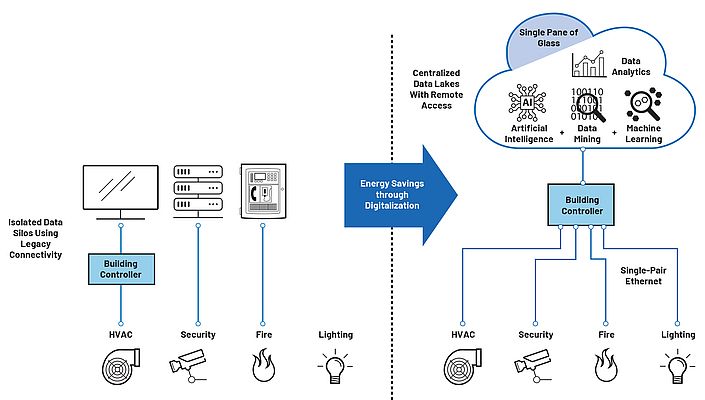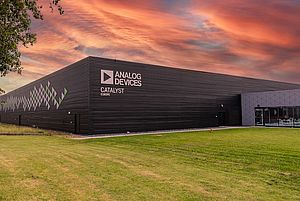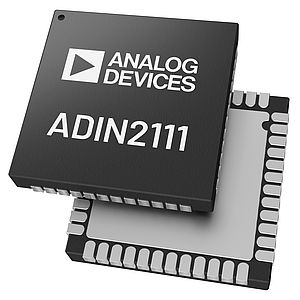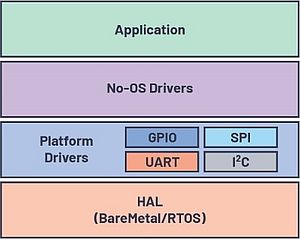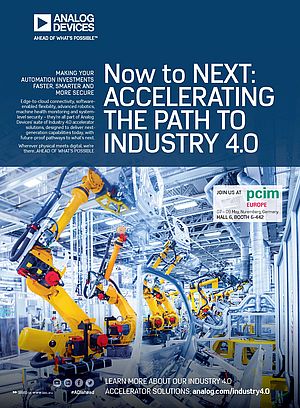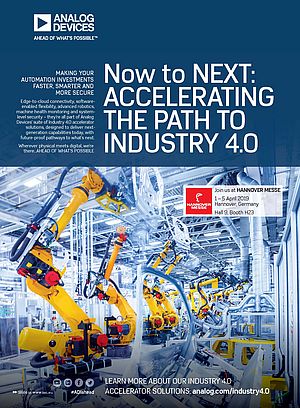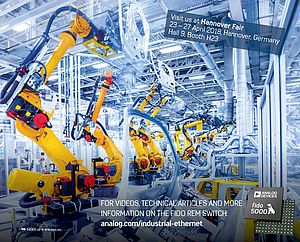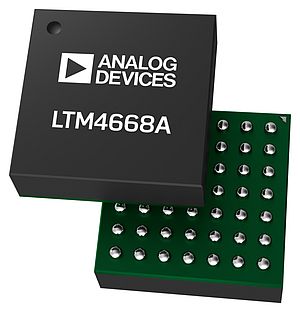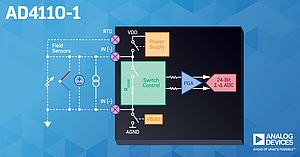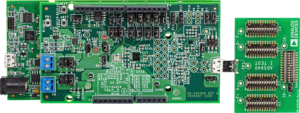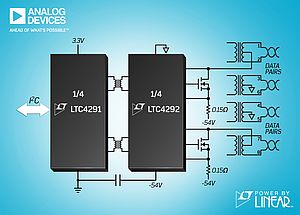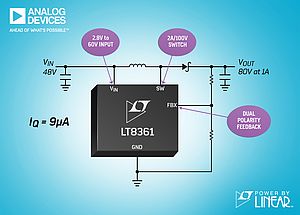This is the second part of the article by Meghan Kaiserman. To find part I please visit: https://www.ien.eu/bingo/64651
Heating and cooling systems have multiple components that need to exchange information to achieve the temperature set point, including thermostats, controllers, air handling units, and variable air volume units. Speeding up the frequency of communication from common serial baud rates of 9.6 kbps to 115.2 kbps to an Ethernet bandwidth of 10 Mbps means the data throughput of the system has increased substantially. There are several important benefits that come with such high-speed IP-based communications.
Analytics, not samples: The slow data rates of legacy communication meant building managers had to prioritize what data they collected and sample the data they did collect. With single-pair Ethernet, managers can stop worrying about serial communication sampling rates and focus on developing the wide range of advanced analytics they can now perform with the additional data that can be collected from the system.
Energy savings: Additional data enables greater energy savings through faster control loops or computationally intensive energy optimizations using models and real-time sensor inputs.
Converged data/elimination of data siloes: Legacy-wired serial communications require a gateway to convert data from edge devices into Ethernet-based packets before passing them to the cloud. Upgrading wired serial communication links to single-pair Ethernet, 10BASE-T1L, allows these gateways to be eliminated while reusing the existing cabling. This avoids data siloes, reduces failure points, eliminates the cost of gateways, and drives down overall latency.
Real-time responsiveness: Communication protocols and software running on gateways slow down response time to the order of seconds, while building automation applications such as IO monitoring may require 100 millisecond or lower latency. The higher throughput of single-pair Ethernet combined with the elimination of gateways means faster throughput so systems can respond in real-time.
Secure Communication
Memoori, a leader in smart buildings research, cites that the lack of effective cyber cover is rapidly becoming the leading barrier to smart building adoption moving forward.
One of the biggest challenges faced with building digitalization is converging the IT and OT domains. It is possible to retrofit security into legacy RS-485-based field bus OT networks by upgrading to protocols like BACnet/SC, but this is costly, time-consuming, and can easily miss vulnerabilities in the existing system. Effective security is critical as building automation systems received the most cyberattacks among all industrial control systems, higher than oil and gas, energy, and automotive manufacturing in a 2020 study by Kaspersky.
To secure communications, the legacy wired serial communication protocol BACnet has been adapted to BACnet/SC, which supports secure communications on a wired serial link allowing encryption. However, all BACnet devices on the network need to be upgraded simultaneously to take full advantage of these new capabilities. Existing equipment using legacy BACnet will need to be redesigned and serviced to add the additional cryptography functions required for BACnet/SC. Single-pair Ethernet, specifically 10BASE-T1L, allows an edge node that had been connected using wired, insecure serial communications like BACnet to be upgraded and connected using BACnet/IP protocol running Ethernet-based security. Importantly, this new and improved security posture is achieved without running new, costly Ethernet cables along existing signal paths.
By upgrading devices on OT networks to run secure Ethernet-based protocols, much of the risk associated with cyberattacks can be mitigated. Single-pair Ethernet, 10BASE-T1L, has the promise of enabling the transition from insecure legacy communication to secure Ethernet-based communications with one generation of hardware upgrades while reusing existing wiring infrastructure.
Single-pair Ethernet, 10BASE-T1L, is an important technology that brings IP connectivity to the edge, improving security, reusing wiring, converging IT and OT networks, and even delivering power. With significantly higher throughput, elimination of gateways, and advanced security, single-pair Ethernet will help the building industry achieve the IEA Net Zero 2030 goal of reducing emissions by 15%. Modernizing the communication infrastructure of buildings will provide access to a tremendous amount of real-time data within a building while eliminating data siloes and enabling a single pane of glass approach to management. In addition to allowing faster control loop closure for conventional control schemes and supporting artificial intelligence and ML optimizations, managers will be able to generate actionable insights that result in substantial energy savings.
Analog Devices has a team focused on the sustainable buildings market and is a leader in technologies enabling digital transformation such as single-pair Ethernet (10BASE-T1L), security and intelligent IOs, as well as isolation and wired RS-485 transceivers for legacy systems. Analog Devices has several released single-pair Ethernet products enabling point-to-point (ADIN1100, ADIN1110) as well as line-and-ring architectures (ADIN2111). For single-pair power over Ethernet, please see the LTC4296-1 on the power sourcing side and LTC9111 on the device side.


